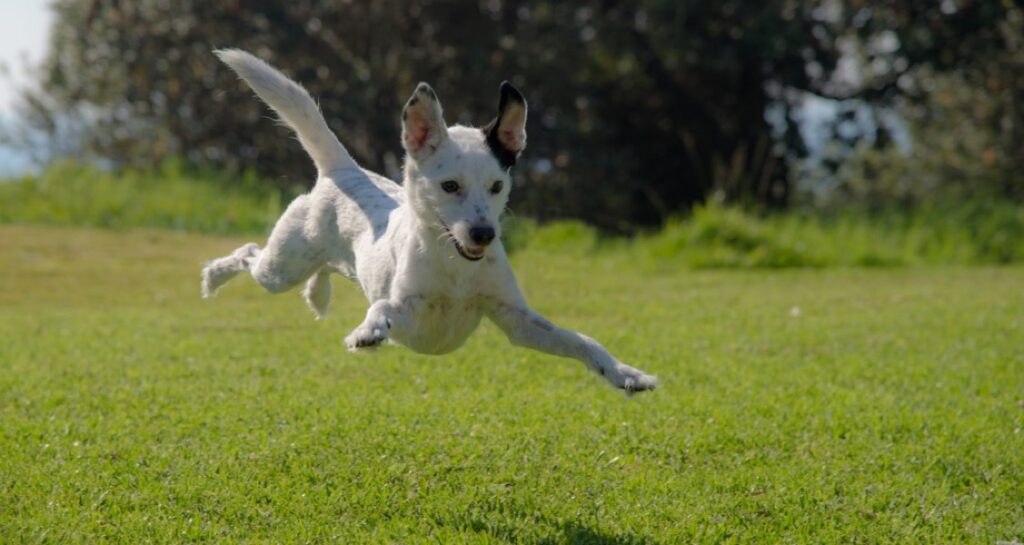Spending time in the backyard with your dog is one of life’s simplest pleasures. Whether you’re sipping coffee on the patio or watching your pup roll around in the grass, outdoor spaces create opportunities for connection, relaxation, and play. But while gardens can be a haven for us, they can also hold hidden dangers for our pets. From unsafe plants to sharp tools and chemical treatments, there’s more to creating a dog-safe garden than meets the eye.
Fortunately, with just a few mindful changes, it’s possible to create a space that’s both beautiful and safe. Here’s how to turn your yard into a pet-friendly paradise that supports your dog’s health and happiness.
Choose Dog-Safe Plants and Avoid Hidden Hazards
Many common garden plants are harmful to dogs, even in small amounts. While they may add colour and structure to your space, they could pose a risk if your dog decides to chew on leaves or dig around roots. Lilies, azaleas, foxgloves, and daffodils are just a few examples of popular blooms that are toxic to dogs. Even ornamental plants like rhubarb or sago palm—though less common in Canada—can cause serious illness if ingested.
It’s always worth doing a little research before planting anything new. If you’re unsure about what’s safe, consult your vet or a trusted guide on toxic plants to avoid potentially dangerous choices. Thankfully, there are plenty of dog-safe alternatives, including marigolds, sunflowers, snapdragons, and pansies. These hardy options add color without compromising safety.
Also consider your choice of mulch. Cocoa mulch, which smells like chocolate, contains theobromine—a compound that is toxic to dogs. Opt for cedar, pine, or untreated wood chips instead.
Keep Lawns Safe with Gentle Tools and Equipment
Maintaining your lawn is part of keeping your backyard functional, but traditional lawn care tools aren’t always pet-friendly. Gas-powered mowers can be loud, unpredictable, and unsafe if left unattended. Sharp blades and cords add to the list of potential hazards, especially if your dog is curious or active while you’re working.
That’s why many pet owners are turning to smart tools like a robot lawn mower. These mowers operate quietly and follow set patterns, making them predictable and easy to avoid. They can be scheduled to run while your dog is indoors, reducing stress and exposure to noise. Many models even feature built-in safety sensors that pause movement if an obstacle—like a pup’s paw—gets in the way.
A well-maintained lawn is more than just visually pleasing. It also reduces the presence of ticks, fleas, and sharp seed heads that could harm your dog’s skin or paws. Using safe, automated equipment makes upkeep easier while protecting your pet in the process.
Design a Dog-Friendly Garden Layout
The physical layout of your garden plays a big role in whether your dog thrives in it. Giving your dog space to move freely and explore safely can prevent unwanted behaviour like digging up flower beds or chewing on plants.
Consider using raised planters or decorative fencing to mark off areas you want to keep off-limits. You can also create dog-friendly paths using mulch or gravel that encourages your dog to follow a specific route. These defined areas help manage traffic through the garden and protect your more delicate plantings.
Dogs also benefit from designated play zones or “dig pits” where it’s okay to get a little messy. A shallow sandbox filled with soil can be a great outlet for digging instincts, keeping your flower beds safe. Don’t forget shade and water access. Dogs need cool areas to rest on hot days, so planting trees or adding a pergola can make your yard more comfortable and inviting.
Reduce Chemical Use for a Healthier Yard
Chemical treatments for weeds, pests, and fertilizers may help keep your garden green, but many are harmful to pets. Dogs walk, lie down, and often lick their paws after being on the lawn, which increases the risk of exposure.
Whenever possible, look for natural, pet-safe alternatives. Corn gluten meal is a non-toxic weed suppressant, and vinegar solutions can tackle unwanted growth in paved areas. To keep bugs at bay, try planting natural deterrents like lavender and rosemary, or use diatomaceous earth as an organic pest control.
If you do use any chemical treatments, follow label directions closely and keep your dog off the treated area for the recommended time. Even better—use spot treatments rather than broad applications, and notify other household members so they’re aware of any temporary risks.
Creating a pet-friendly garden is all about balance. You can still enjoy a beautiful, functional outdoor space without putting your dog’s safety at risk.
Small adjustments go a long way in supporting your dog’s health—while also giving you peace of mind. So next time you’re in the yard, take a look around from your dog’s perspective. With a few smart changes, you can make your outdoor space just as safe and welcoming as the rest of your home.

